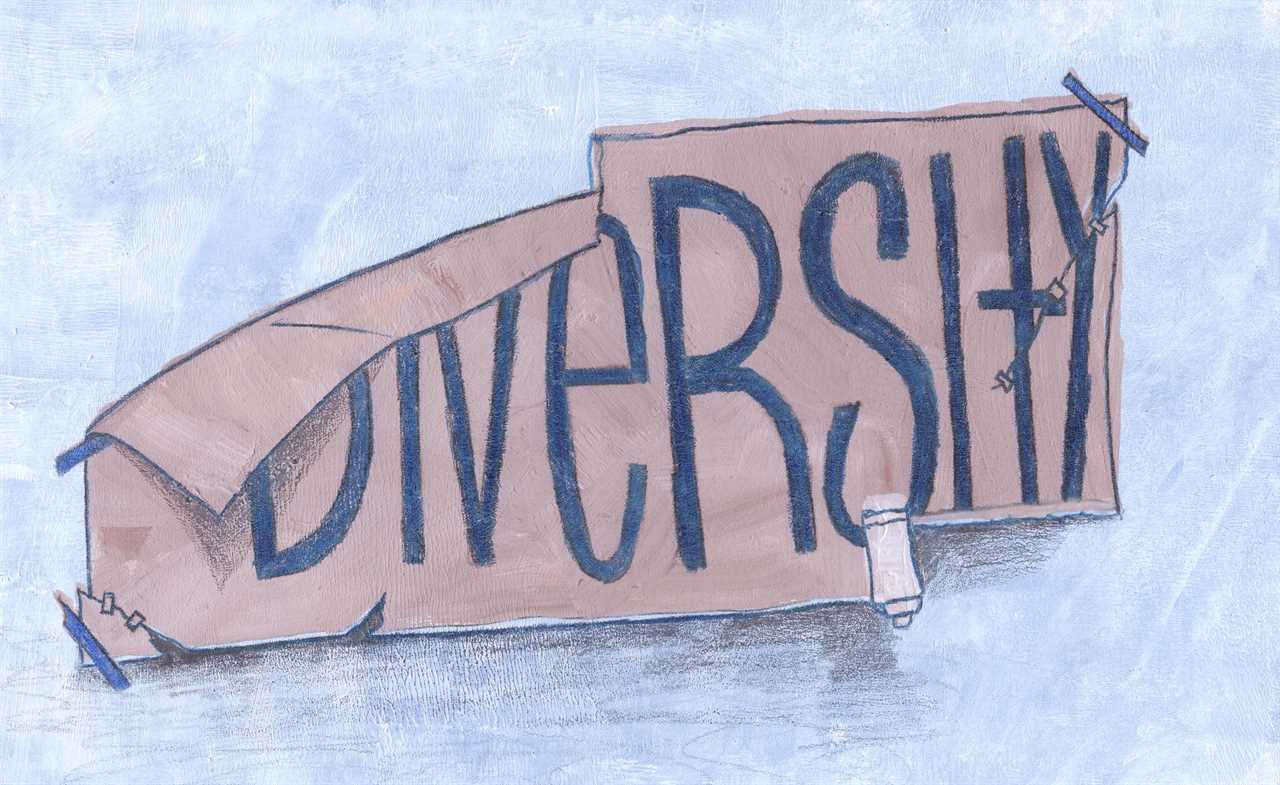
Following a recent talk at the University of Pennsylvania Carey Law School, I shared lunch with several students from First Generation Professionals, the sponsoring organization. I was eager to explore commonalities between their experiences and those of my own students at the City University of New York, about half of whom are the first in their family to attend college.
We identified many similarities, but more differences, which confused me, until someone explained that Penn uses the American Bar Association definition of “first generation,” which is that a student is the first in their family to attend law school not college.
“That would mean someone from a family of doctors would qualify as first gen,” I said, laughing.
It’s true, though. While the ABA hasn’t adopted an official policy, its website says that “generally speaking, a first-generation law student attorney is an individual who does not have an immediate family member in the legal profession.”
This story didn’t surprise Rashné Jehangir, a professor at the University of Minnesota-Twin Cities, whose research focuses on first gen students. Jehangir recalled attending a meeting at a graduate school where the facilitator identified first gen students by asking them to raise a hand if their parents hadn’t gone to graduate school.
“I was like, ‘what?’ That’s going to be 90 percent of the people here,” she said.

Pressure to expand the definition of “first generation” pervades higher education, Jehangir told me, noting that some schools now include students whose parents completed a four-year degree at an institution outside the U.S. as first gen. A recent study found that as many as 77 percent of potential college students satisfy the term’s broadest definition. Jehangir laments this expansion. “If we define the term so broadly, we’re going to miss what I and others have centered in our work, which is race and social class.” But Jehangir reports that she meets resistance from colleagues when she fights against the trend. “They say, ‘We don’t want to disclude anybody.’”
I relate this story because it helps explain affirmative action’s impending demise at the Supreme Court in a pair of cases brought by Students for Fair Admissions (SFFA), a group representing a handful of Asian-American applicants, against Harvard and the University of North Carolina. Though superficially benevolent, the creeping expansion of disadvantage can be nefarious in its effect — nowhere more so than in the case of affirmative action. Originally intended to compensate Black Americans for historical discrimination, affirmative action instead came to be justified under a mantra of diversity — effectively co-opting its benefits for white people.
This shift originated nearly 50 years ago as a reasonable political and legal strategic choice.
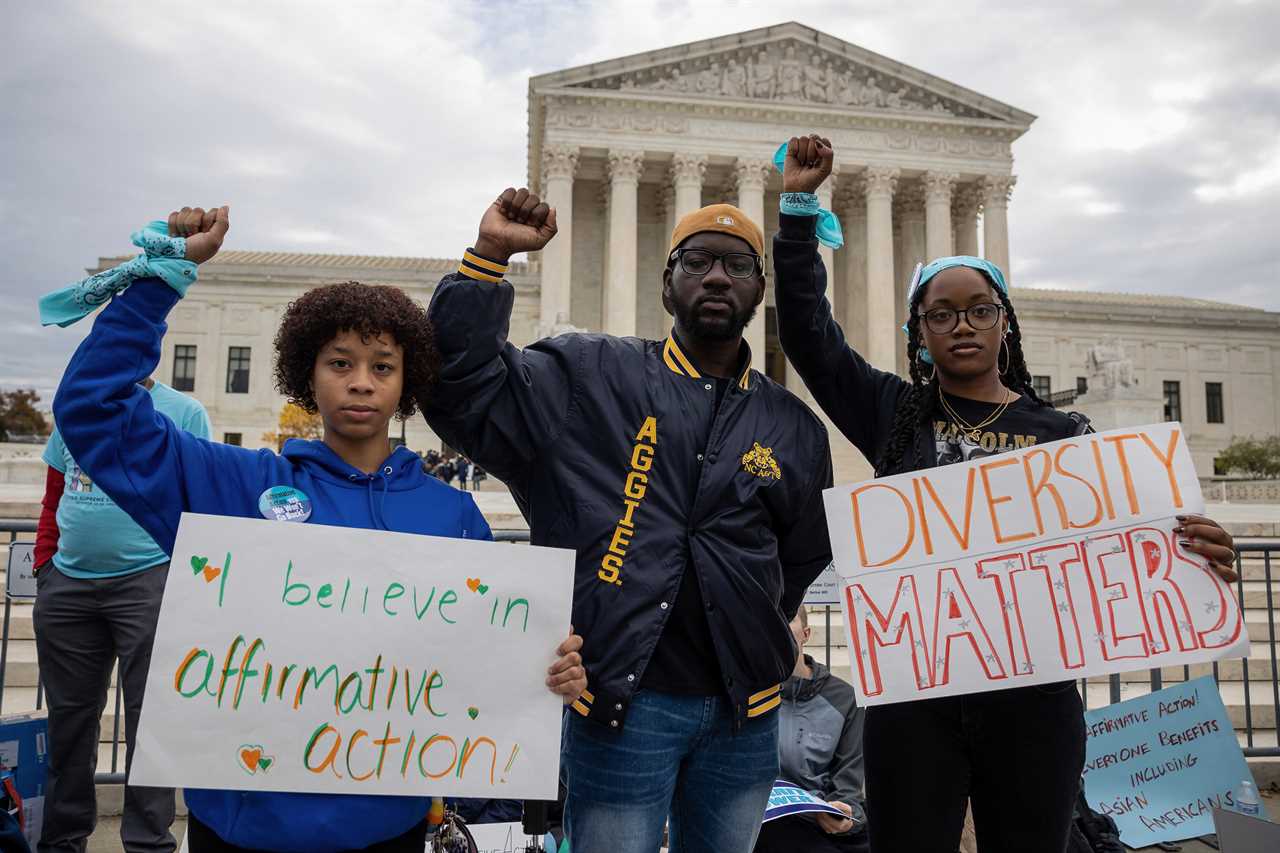
But elite colleges and universities — which I have criticized in my book and elsewhere as drivers of social inequality — made a conscious, self-serving choice to maintain an absolute focus on diversity and inclusion rather than the more difficult topics of race and exclusion.
And a strategy that may have worked at the Supreme Court back then almost certainly won’t today. The bottom line is that elite institutions’ collective refusal to reckon with their racist conduct has left affirmative action on a rickety constitutional foundation that will ensure its doom.
It didn’t have to be this way.
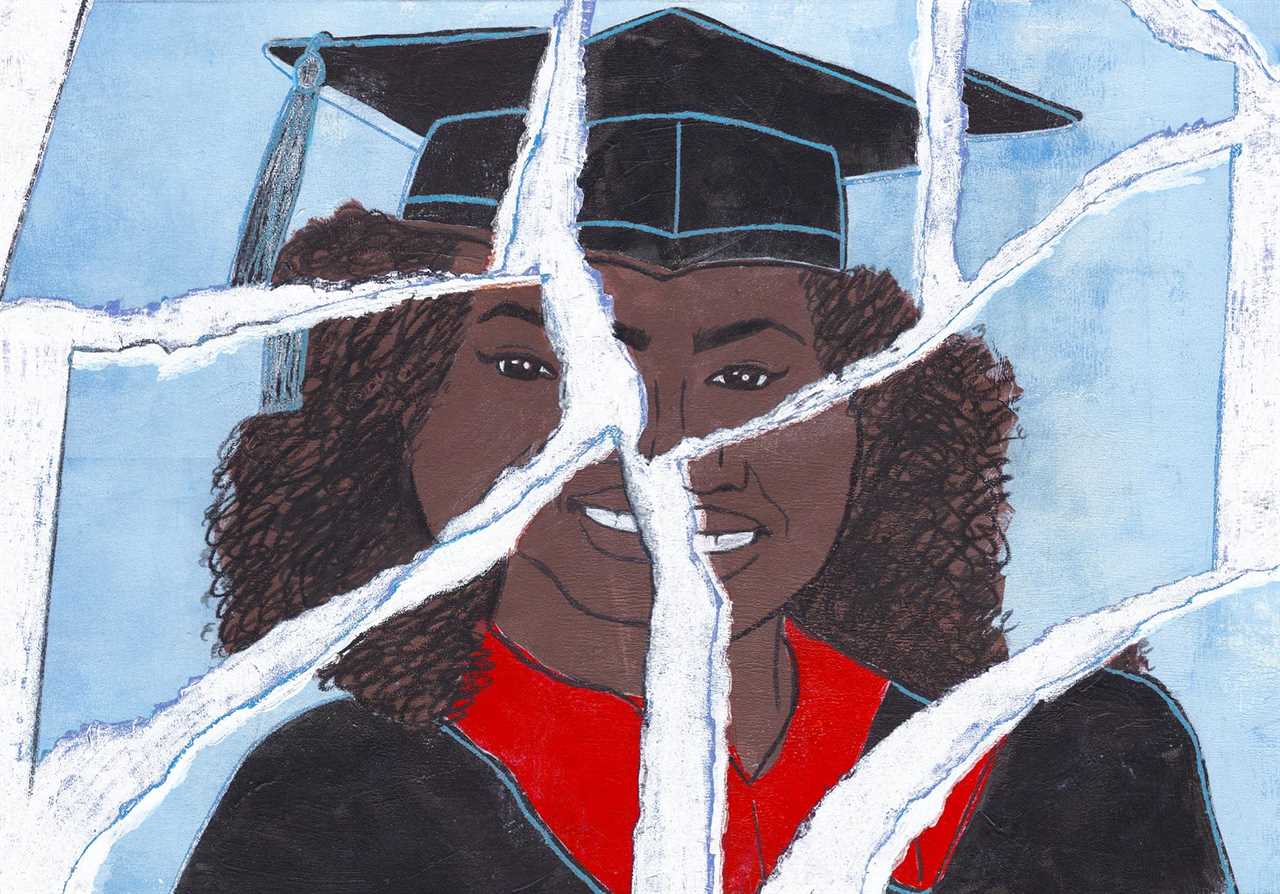
The Diversity Compromise
The term “affirmative action” first appeared in a 1963 executive order, signed by President John F. Kennedy, establishing the Committee on Equal Employment Opportunities to be chaired by Vice President Lyndon B. Johnson. Conceived by the committee’s special counsel, Hobart Taylor, Jr., the phrase originally connoted aggressive, forward-looking efforts to combat racism, as in “by affirmative action the elimination of discrimination.”
After becoming president, Johnson transformed its meaning to compensation for past injustices during a 1965 commencement speech at Howard University. “You do not take a person who, for years, has been hobbled by chains,” Johnson said, “and liberate him, bring him up to the starting line of a race and then say, ‘You are free to compete with all the others,’ and still justly believe that you have been completely fair.”
Martin Luther King Jr. sounded a similar note during a now infamous Playboy interview","link":{"target":"NEW","attributes":[],"url":"https://alexhaley.com/2020/07/26/alex-haley-interviews-martin-luther-king-jr/","_id":"00000188-c39e-d3d2-a7d8-fbffb60f0006","_type":"33ac701a-72c1-316a-a3a5-13918cf384df"},"_id":"00000188-c39e-d3d2-a7d8-fbffb60f0007","_type":"02ec1f82-5e56-3b8c-af6e-6fc7c8772266"}">Playboy interview, in which he promoted massive government spending to create jobs and educational opportunities for Black youth. Asked by Alex Haley about the fairness of preferential programs, King replied, “All of America’s wealth today could not adequately compensate its Negroes for his centuries of exploitation and humiliation.”
During the late 1960s, many colleges and professional schools began giving Black students special consideration in admissions. Arguably, this was little more than a curtailment of the colleges’ discrimination against applicants of color, but many schools conceptualized it as partial reparations for America’s legacy of racism.
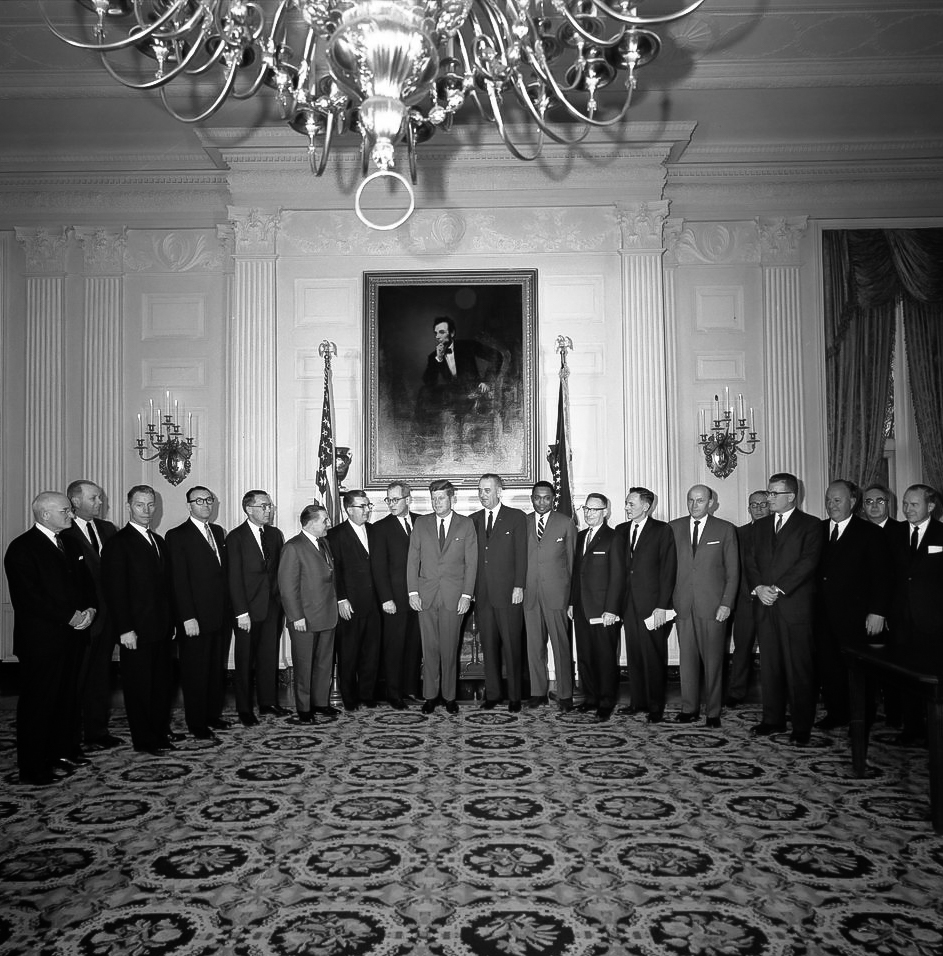
The first affirmative action case reached the Supreme Court in 1974 in a challenge from Marco DeFunis, a white applicant denied admission to University of Washington Law School. In a friend-of-the-court brief filed on Harvard’s behalf, former Watergate special prosecutor and Harvard professor Archibald Cox argued that affirmative action was justified by “the direct or indirect consequences of slavery, ‘white supremacy’ and other historic prejudices leading to the poverty and isolation of disadvantaged groups.”
But the court was experiencing a backlash to many of its civil rights decisions, particularly in the area of busing, and Cox questioned whether a majority of the justices would support the proposition that Black people deserved preferential treatment or reparations for America’s centuries of slavery and discrimination.
So Cox articulated an alternative justification for affirmative action: diversity. It was “a stimulus to the development of every student’s personality and understanding, as well as a preparation for the society in which he will live,” he wrote in the DeFunis brief. “A farm boy from Idaho can bring something to Harvard College that a Bostonian cannot offer. Similarly, a Black student can usually bring something that a white person cannot offer.”
The Supreme Court found DeFunis’ challenge moot but returned to the issue in 1977. Cox, now representing the University of California system against Allan Bakke’s challenge to quotas at UC Davis Medical School, chose to emphasize the diversity argument above all else. (That was despite the school’s meager record in that regard; its inaugural 1968 class had included no Black, Latino or Native American students.)
Cox was making a deliberate calculation that the diversity argument was most likely to win a majority of the right-leaning court. He particularly had in mind the swing justice, Lewis Powell, who’d presided over Richmond’s school board during an era of near segregation and, in a 1970 speech, inveighed against “the guilt-ridden views of those who talk about reparations for past injustice.”
Cox’s judgment was proven right in the literal sense. Powell cast the decisive vote in a splintered 5-4 decision, premising his position on a vague notion of academic freedom and the educational benefits of diversity.
The Problems with Diversity
Following Bakke, colleges proceeded as if diversity was the sole permissible justification for affirmative action. In 2017, only 352 of America’s approximately 6,000 colleges and universities said they considered race as a factor in admissions. All of their affirmative action programs are premised on the supposed benefits of diversity. Colleges may have perceived this approach as politically expedient in a country that still struggles with race, but as an intellectual foundation it could hardly have been shakier.
After all, “diversity” is in the eyes of the beholder. Last October, during oral argument in the North Carolina case, Justice Clarence Thomas said, “I don’t have a clue what it means.” This seems fair enough. Universities are clearly interested in racial diversity, but there’s hardly any objective definition of “race” and colleges used widely different terminology.
It’s highly doubtful that colleges have made a serious commitment to political or ideological diversity, which would greatly enrich classroom discussions. And no one could believe they’re serious about socioeconomic diversity. At 38 American colleges, more students come from the top 1 percent of the income distribution than the bottom 60 percent.
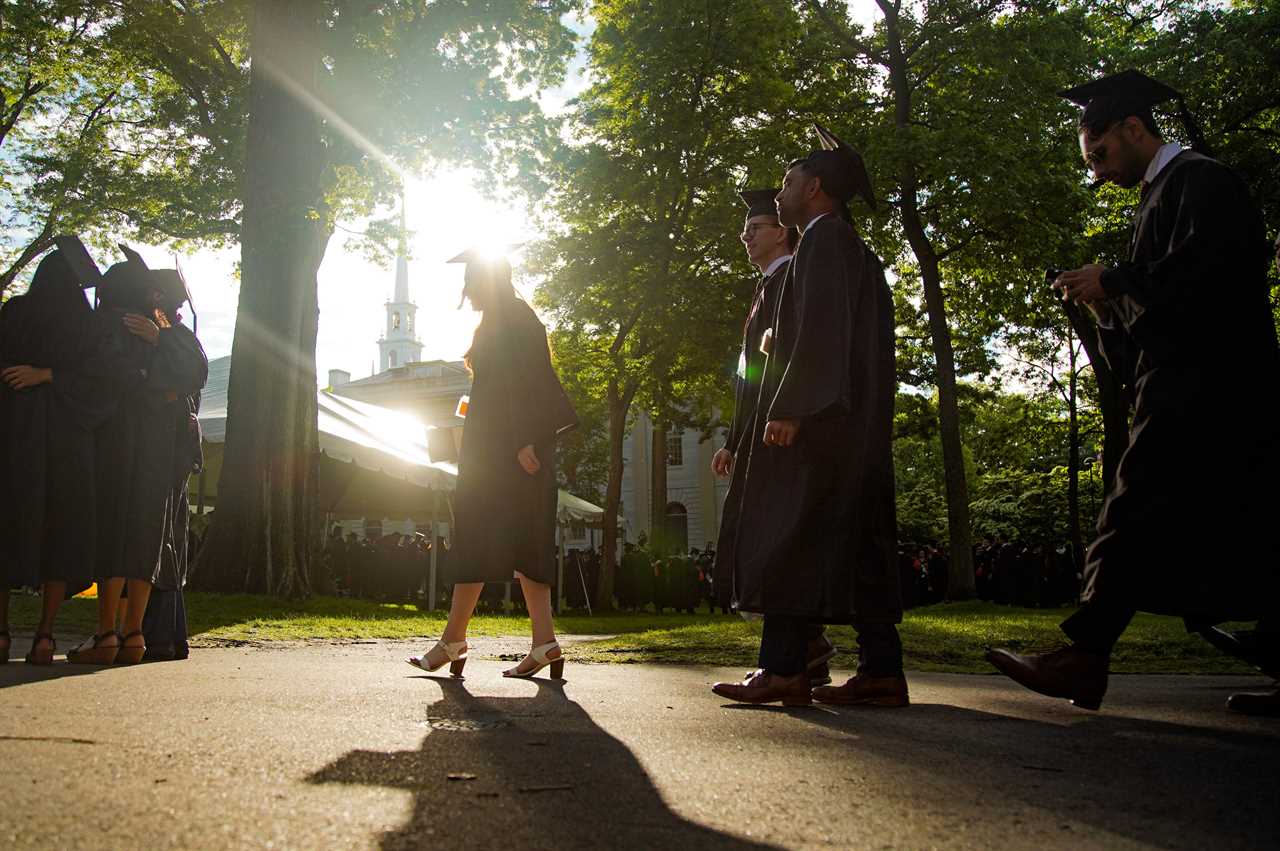
Whether “diversity” is beneficial depends on the question one asks. Diverse groups make better decisions than homogenous ones, but we don’t normally think of college students as a deliberative body. There’s good data showing that exposure to diversity improves racial attitudes. But if one drills down on the educational benefits in the strictest sense — do students in diverse groups learn math better — the answer is more doubtful. Likely this uncertainty informs the 74 percent of respondents to a recent Pew poll who said that race shouldn’t be considered in college admissions. “Deep down,” New York Times","link":{"target":"NEW","attributes":[],"url":"https://www.nytimes.com/2022/09/23/opinion/race-admissions.html","_id":"00000188-c39e-d3d2-a7d8-fbffb60f000a","_type":"33ac701a-72c1-316a-a3a5-13918cf384df"},"_id":"00000188-c39e-d3d2-a7d8-fbffb60f000b","_type":"02ec1f82-5e56-3b8c-af6e-6fc7c8772266"}">John McWhorter wrote in the New York Times, “I suspect we all know that it would be quite possible for students to get a sterling education at a university where every student was a white person from Colorado.”
Given the historical context, if “educational” benefits of diversity exist, they must principally have been for white people. In 1972, after DeFunis initiated his lawsuit, just 4 percent of Harvard students identified as Black. (When Bakke reached the court, the number had increased to 8 percent.) If students indeed learned math better in racially diverse environments, those benefits could not have been about helping Black students since they were largely absent from the classroom.
Herein lies the essence of the problem with the diversity rationale: It justifies affirmative action in terms of its benefits for white people. “The Clinton era defenses of affirmative action were so much about ‘the corporation loves it, the army loves it,’” says David Roediger, a professor of American Studies and History at the University of Kansas. In 2003, when Justice Sandra Day O’Connor cast the decisive vote in Grutter v. Bollinger, upholding the University of Michigan Law School’s admissions policy, the briefs widely credited with persuading her came not from the NAACP Legal Defense Fund but rather from military leaders and executives at Coca-Cola, Texaco and General Motors. At a rally outside the Supreme Court, while the justices heard arguments on SFFA’s appeals, one of the signs said, “Diversity is good for white people.”
Indeed, no group has benefited more from university admissions preferences than white people. Almost every “elite” college gives significant legs up to athletes and the children of alumni, donors and faculty (known collectively as ALDCs). According to data produced in SFFA’s lawsuit, Harvard admitted 34 percent of legacy applicants and 86 percent of recruited athletes compared to an overall admissions rate of 4.6 percent. About 43 percent of white students at Harvard are an ALDC. And the diversity rationale celebrates their contributions. Under this approach, the white lacrosse player, third generation Harvardian and billionaire’s child each enriches the classroom with their perspective.
At oral arguments this past October, several justices probed the hypocrisy in Harvard’s position. The university could have curtailed ALDC preferences, thereby creating additional opportunity for students of all colors. Harvard said doing so would jeopardize crucial institutional interests.
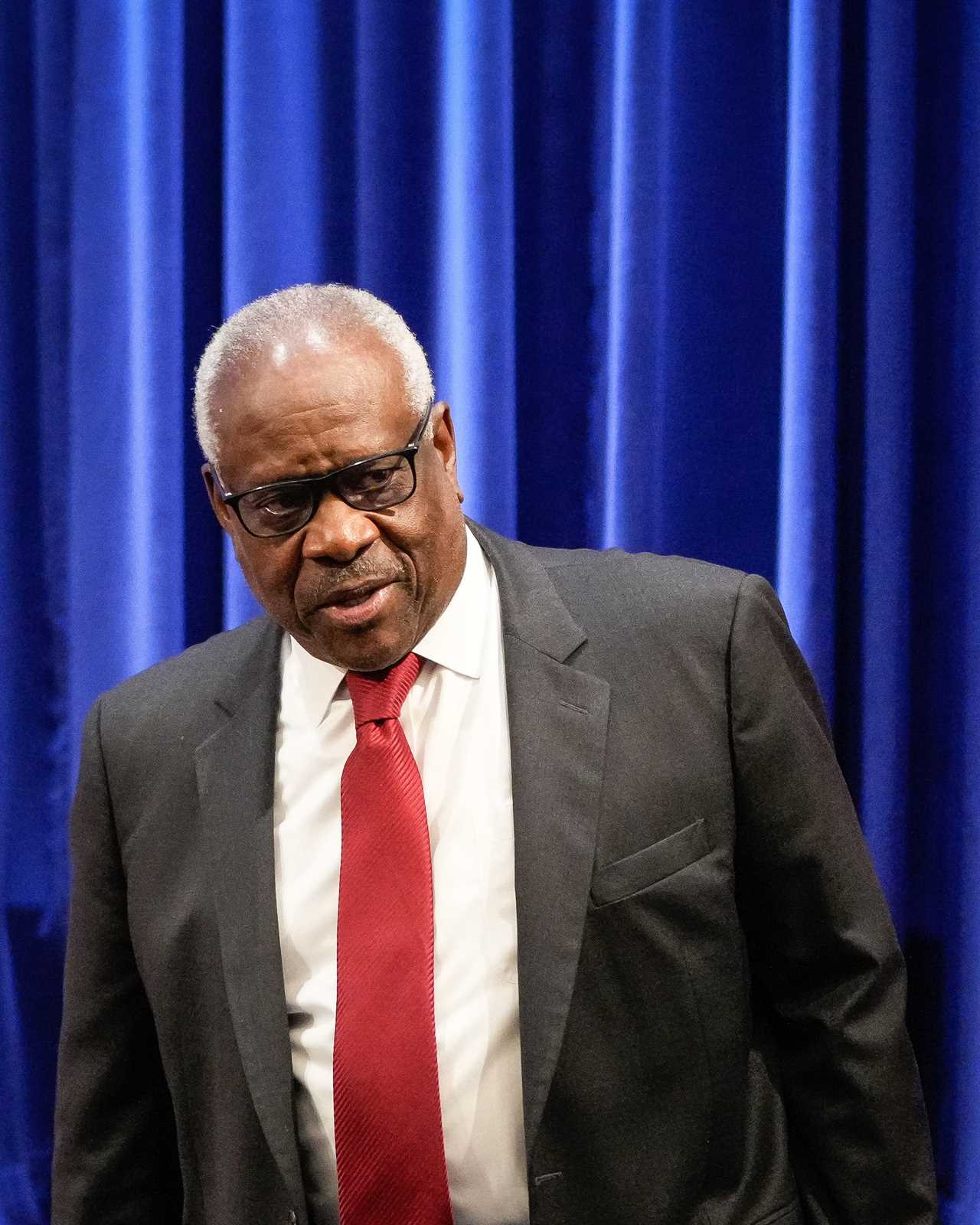
Further undermining Harvard’s position is the fact that little of the benefit of its affirmative action program has gone to the students with the greatest ethical claim. Reasonable minds could differ on precisely who this is. Presumably the conversation would begin with the descendants of slavery, indigenous North Americans and other casualties of colonialism. Also the victims of segregatory residential practices, which many elite colleges encouraged, and which have kept families of color from accumulating the reservoirs of wealth that help families meet the cost of tuition and weather the crises that lead less advantaged students to drop out. Precious little of affirmative action’s benefits has gone to these groups.
In 2003, Harvard professors Lani Guinier and Henry Louis Gates observed that only about a third of the college’s Black undergraduates came from families in which all four grandparents had been born in the U.S. They estimated that two-thirds were either the children of biracial couples or recent immigrants from Africa or the Caribbean. A subsequent study confirmed their intuition. While nationally about 10 percent of Black Americans are first- or second-generation immigrants, at Ivy League colleges the figure exceeds 40 percent.
More recently, when a group of Harvard students attempted to construct a community of “Generational African Americans” — descendants of slavery — they found few potential members. A teaching fellow in Introduction to African American Studies estimated that GAA students constituted just 10 percent of Harvard’s Black population — about 17 students per graduating class.

Reparations Reconsidered
If slavery is America’s original sin, the original sin of affirmative action is its decoupling from racism. This is often portrayed as the inevitable consequence of the constitutional history, but the Supreme Court never turned its back on the remedial justification for affirmative action. Universities did. Even astute court observers get this wrong. In Bakke, Powell said that UC Davis had failed to offer evidence of historical discrimination, which is quite different than saying such evidence didn’t exist. The Supreme Court never said that affirmative action couldn’t be justified as reparations.
In fact, at least one key member of the Supreme Court has signaled that the reparation argument is still on the table. Thomas — the Supreme Court’s most ardent opponent of affirmative action — acknowledged that the reparations justification remained viable in a 2003 opinion concerning admissions policies at University of Texas-Austin. “The Court,” Thomas wrote, “has recognized that the government has a compelling interest in remedying past discrimination for which it is responsible.”
When Justice Sonia Sotomayor questioned SFFA’s lead lawyer, Patrick Strawbridge, about Reconstruction initiatives aimed at getting Black children educated in integrated schools, Strawbridge called the Freedmen Bureau’s efforts “entirely consistent with this court’s existing strict scrutiny rationale, even in the educational context, that remediation is an acceptable compelling interest.”
Boston University School of Law professor Jonathan Feingold, who has written extensively about affirmative action, wasn’t surprised, telling me the remedial justification has “a stronger constitutional mooring” than the diversity rationale.
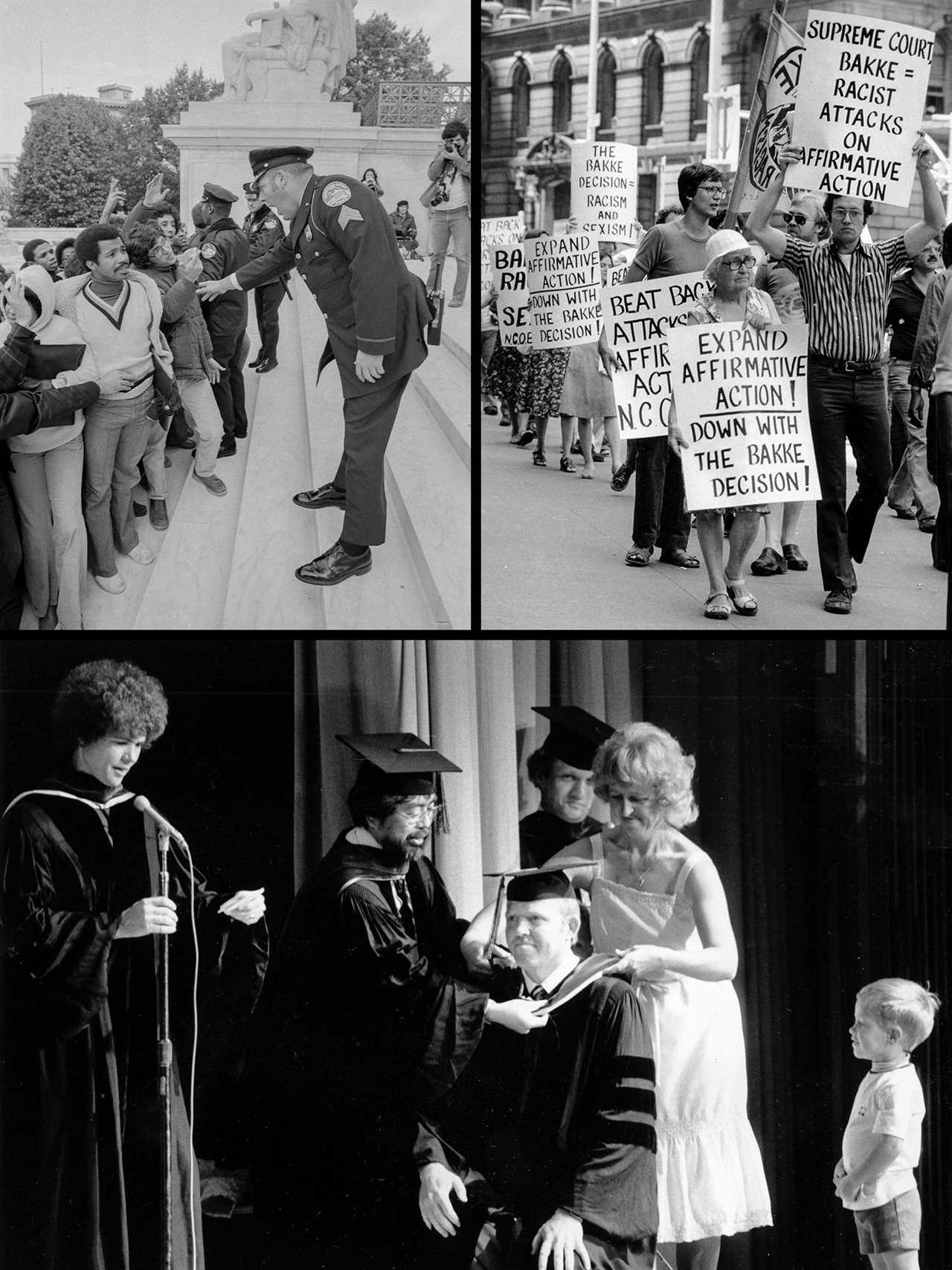
Yet neither Harvard nor North Carolina asserted a remedial justification for their respective affirmative action programs. When Justice Ketanji Brown Jackson questioned UNC’s attorney, Ryan Y. Park, about the relevance of UNC’s history of racial exclusion, Park replied, “We’re not pursuing any sort of remedial justification for our policy.” David Hinojosa, representing a group of students who intervened in the UNC case, similarly told Sotomayor, “We are not suggesting, as I understand the university is not either, that the limited consideration of race in this case is being used as a remedial order.”
It’s tempting to attribute this strategy to the oddities of constitutional litigation. The Supreme Court only rules on the case before it. Consequently, affected parties are loath to experiment. They often treat a statute or plan that has survived a challenge as the only permissible system instead of merely one the court has authorized.
One also has good reason to be skeptical that the remedial argument would carry the day under this iteration of the Roberts Court. In 1986, the Supreme Court reaffirmed the theoretical viability of the remedial justification in a case concerning a Richmond, Virginia minority set-aside program, but deemed a significant evidentiary showing of past discrimination inadequate to justify the city’s affirmative action program. It’s entirely possible that nothing could have persuaded today’s aggressive conservative supermajority to preserve affirmative action.
But Harvard and UNC couldn’t have been worse off by pursuing this path as well. Moreover, the remedial justification would have done important work in the court of public opinion, particularly as the country goes through a racial reckoning.
“Part of the moment we’re in now is asking why racial disparities exist,” Feingold says. “Harvard and UNC effectively dodged the possibility that racial disparities exist in their respective institutions because there are racial advantages that continue to flow to white applicants, and often wealthy white applicants.”
Feingold offers the simplest possible explanation for why colleges have focused exclusively on diversity. “Institutions,” he says, “don’t want to have to do the potentially embarrassing, shameful uplifting of history that would actually be necessary for a remedial defense.” Harvard, which benefited extensively from the labor of enslaved peoples, recently committed $100 million to support historical research by scholars and students, but notably excluded reparations or any change to admissions policies. UNC didn’t desegregate until 1955, following a federal court order, and resisted integration during the 1960s through a strategy of so-called moderation.
“UNC’s history,” Feingold says, “is another reason why it feels — and this is maybe slight hyperbole — like legal malpractice to leave that argument on the table when for most of your history you were either formally excluding Black students or you were formally resisting federal mandates that you let them in.”
SFFA’s Slippery Slope
Some academics have placed great hope in the idea that elite colleges can maintain current levels of racial diversity after race-based affirmative action ends by focusing on socioeconomic disadvantage or curtailing noxious admissions practices, like legacy. Don’t be so sure. Under existing case law, Harvard could drop legacy preferences for the purpose of promoting racial diversity, but it’s possible the courts could prohibit even that approach within the next few years.
A cautionary tale comes from Thomas Jefferson High School for Science and Technology in Fairfax County, Virginia, widely ranked among the nation’s top public high schools. Until 2020, TJ, as it’s known, based admissions on a combination of grades, standardized tests, recommendations and essays. That fall, responding to a state mandate to increase diversity, the school board implemented a new, “holistic” policy, which considered economic disadvantage, reserved seats for students from each of the region’s middle schools, and capped the number of students from any one district — the sort of measures many experts promote as the best hope for maintaining diversity after race-based affirmative action ends.
A coalition of parents, represented by the right-leaning Pacific Legal Foundation, sued, claiming that the new policy aimed to reduce the representation of Asian-American students. Federal District Court Judge Claude Hilton, a Reagan appointee, blocked the policy. The 4th Circuit U.S. Court of Appeals stayed the injunction while it considered the merits of the appeal. (It upheld the district court ruling in May.) But it’s what happened next that’s particularly notable. The Pacific Legal Foundation sought its own emergency stay from the U.S. Supreme Court. Granting such a motion is rare — and the court indeed denied it — but Thomas, Samuel Alito, and Neil Gorsuch supported the extraordinary measure.

Ed Blum, a conservative legal advocate and the mastermind behind the SFFA cases, has pledged not to challenge race-neutral admissions criteria, but that wouldn’t preclude other organizations like the Pacific Legal Foundation, from arguing that they’re unconstitutionally being used as proxies for race. “It’s the type of argument that certainly at least three justices are amenable to,” Feingold said, “and it actually creates a far more harmonious body of law because it takes color blindness seriously.”
Anyone who predicts what the Supreme Court will do after the SFFA ruling does so at their peril.
Getting Back to Racism
The only thing certain is that race isn’t going away in the college admissions process. In fact, we’re about to see an explosion of essays by students explicating their experience of race and disadvantage.
During oral arguments in the UNC case, Justice Amy Coney Barrett asked SFFA’s lawyer to consider an applicant who came from “an underprivileged school, who maybe didn’t have the best teaching, best opportunities to score well on the SAT.” If such a student wrote an essay describing their experiences “with socioeconomic diversity, racial prejudice, things that shape who I am,” could a university consider that without offending the Equal Protection Clause?
“Yes,” Strawbridge replied. “I think this court’s precedents even note that the act of overcoming discrimination is separate and apart distinction from race.”
Justice Elena Kagan clarified. “What are you saying a college can look at and what are you saying a college can’t look at when they’re reading an essay about, you know, the experiences that a person has had in their lives?”
“Being subjected to racial discrimination obviously indicates that the applicant has grit, that the applicant has overcome some hardship,” Strawbridge replied. “It tells you something about the character and the experience of the applicant other than their skin color.”
This shift in focus to the experience of disadvantage and racism — from race itself — will lead to further co-opting of disadvantage. It will place a premium on an applicant’s ability to present a compelling narrative of their experience, a change that will favor students who have the money to work with private admissions counselors. “As much as I’m cynical about us ever really having an American Dream, I don’t envision the end of affirmative action affecting what students will write their college essays about,” Jamie Berger, an educational consultant based in Massachusetts, told me. “If anything, I think they’ll write about race more because they can’t check a box.”
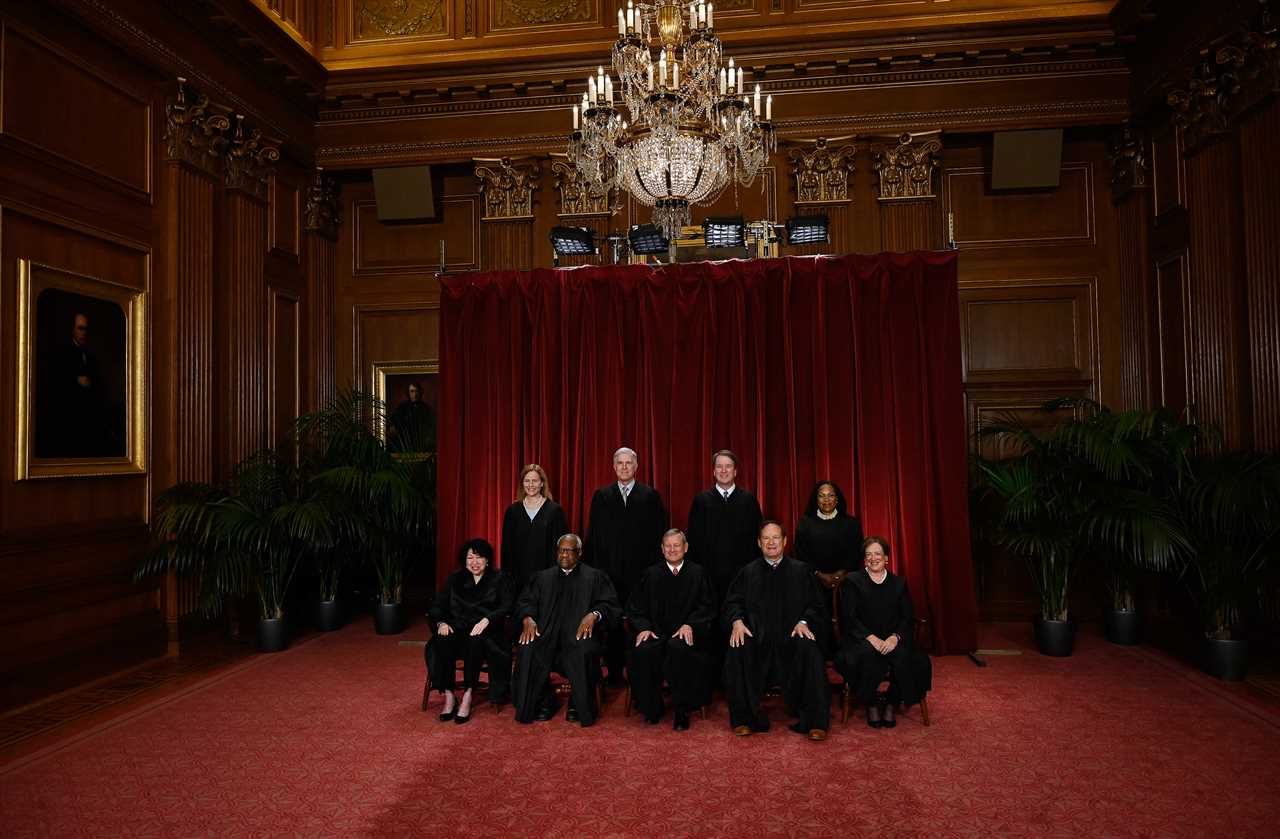
These new narratives will do further damage. Inviting students to search their history for disadvantage leads to false grievances and equivalencies. The mechanism is similar to how the pressure of AP classes, standardized tests and resume building — what Harvard professor Michael Sandel terms the gauntlet of stress — blinds students to their good fortune. “The striving so absorbs us that our indebtedness recedes from view,” Sandel writes. Everyone who has written in this space has had the experience of receiving an angry email from a white person bristling at even the hint that their child didn’t deserve their spot at an elite college.
What if students were invited, instead, to write about their advantage? Anyone can find disadvantage if they look hard enough — in the stresses of their high school experiences or the suffering of their ancestors. Denying one’s advantages is far more difficult. For most white applicants, any such list would begin with what the college admissions process defines as meritorious.
For the very framing of affirmative action is intensely racist. Given the academy’s liberal leanings, one would expect universities to defend affirmative action as a counter to the benefits enjoyed by affluent white students. Instead, they characterize it as a necessary departure from “objective” standards. Harvard told the Supreme Court that a committee found no alternative to affirmative action that would allow it to “achieve the educational benefits of diversity while also maintaining its demanding standards of excellence.” Nowhere did Harvard mention that students brought in as legacies and athletes underperform their peers, or that SAT scores — doubtless one of the “standards of excellence” — correlate more closely to wealth than college performance, or that many alternative admissions systems exist that would produce a brilliant cohort of students without offering the same advantage to white people.
Harvard’s exclusive focus on diversity as a justification for affirmative action — and the implicit co-opting of its benefits for white students — sadly sealed its fate. Equally tragic is what it has done to the public’s understanding of college admissions. “As the language and rhetoric of diversity exploded everywhere, it altered how we implicitly think about racial disparities,” Feingold says. “We stopped thinking about them as the illegitimate product of all of these forces that predictably funnel certain people into positions of power and certain people out.”
That’s why affirmative action never should have been decoupled from racism. Not just to explain the debt elite colleges owe for their past sins, but to contextualize their racist present.
----------------------------------------
By: Evan Mandery
Title: How White People Stole Affirmative Action — and Ensured Its Demise
Sourced From: www.politico.com/news/magazine/2023/06/16/supreme-court-affirmative-action-college-00101963
Published Date: Fri, 16 Jun 2023 03:30:00 EST
Did you miss our previous article...
https://consumernewsnetwork.com/politics-us/hollywoods-biggest-talent-scout-wants-washingtons-brain-trust






